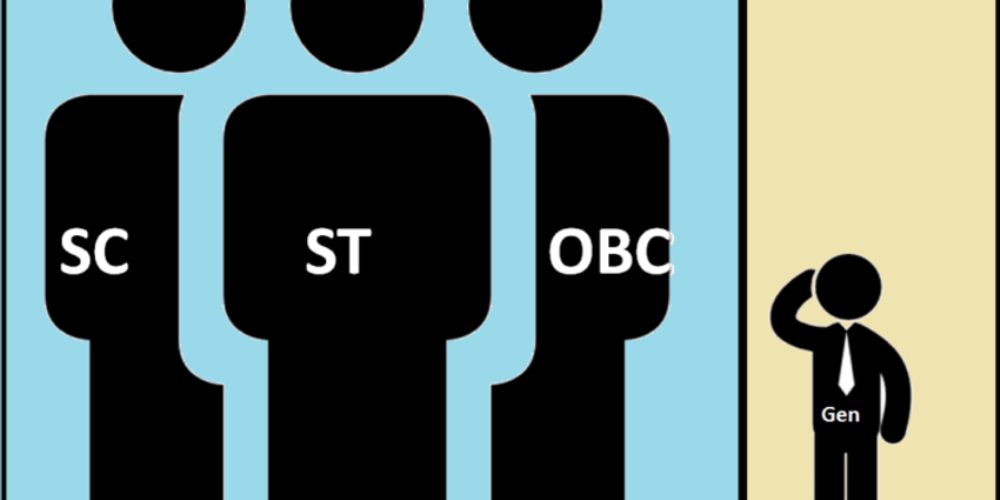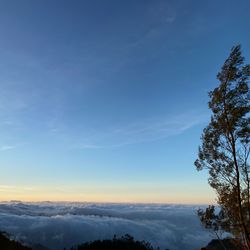

India's policy of reservations is an issue that almost every Indian citizen born post independence ponders over, criticizes, utilizes, or suffers from at some stage in life. The expression ‘reservations’- alternatively referred to as ‘affirmative action’ or ‘positive discrimination’ or ‘compensatory discrimination’ - refers to justice granted to a person belonging to historically disadvantaged groups. In India, reservations mandated by the constitution are implemented in the form of percentage-based quotas favouring citizens from traditionally lower rungs of society.

In India, reservation is closely linked to caste system. Caste-based discrimination finds its genesis in the erstwhile varna system of the Hindus. Hindus were classified into four occupational tiers: brahmins, kshatriyas, vaishyas and shudras. The first three groups comprised ‘higher castes’ while shudras were considered to be from a ‘low castes’ background and were not permitted to accumulate wealth. Meanwhile, there were ‘dalits(untouchables)' who were considered inferior beings and fell completely outside this four-fold classification- they were considered casteless. Most upper -caste Hindus shunned any form of contact with the dalit community. Each of these castes is further classified into hundreds of hierarchically stratified sub-castes.

Reservations have had a chequered political history in the context of public employment and admissions to higher educational institutions. Joining the government service in India is considered, at least by the masses, to be a prestigious, stable occupation with a regular income- it offers job security , pension, and. in the case of senior officers, free housing. With the liberalization of the Indian economy, the importance of citizens educational background has overtaken their physical capital in the labour market. It is not surprising then that there is such a scramble to get sub-castes classified as 'backward', get fake caste certificates issued and have fraudulent income statements prepared. Today, nearly half a billion Indians are eligible to avail of some form of preferential treatment; the count would be higher hd it not been for the supreme court's periodic interventions.
Backward committees in India are broadly divided into the following categories: SCHEDULE CASTE comprising Dalits, SCHEDULE TRIBES comprising tribal communities living in isolated parts of India, and OTHER BACKWARD CLASSES, identified as socially and economically backward. Reservation for OBC have been the most contentious and have caused a backlash in many parts of India. At the heart of this backlash was supreme court's judgement in Indira Sawhney Vs. Union of India. It sought to reconcile conflict between uplifting the poor while giving the criterion of ‘merits’ its due.






















